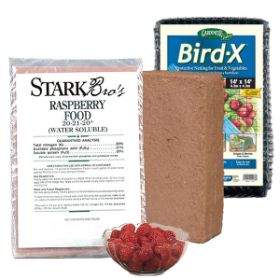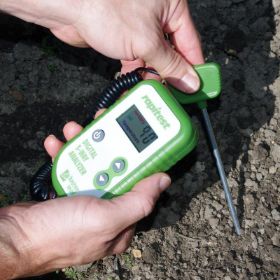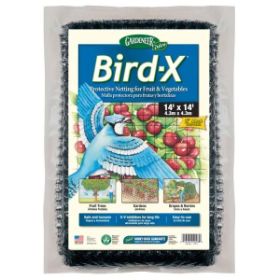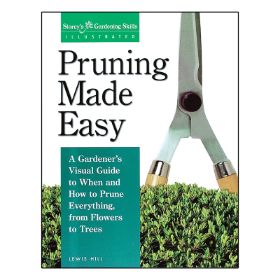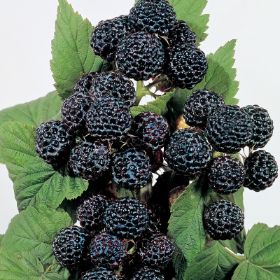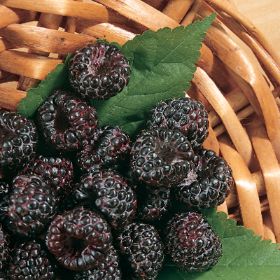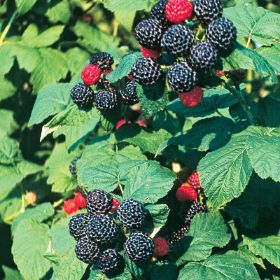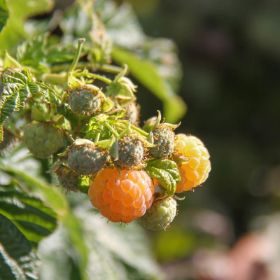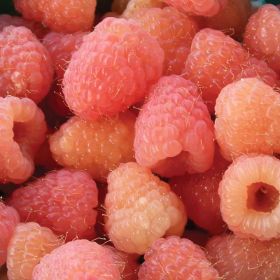Niwot Black Raspberry Plant
Description
About Niwot Black Raspberry Plants
A new ever-bearing, early ripening black raspberry plant. The Niwot provides two crops of delicious, large, black raspberries, once in late summer, and again in early fall. Niwot was developed by Peter Tallman in Longmont, Colorado. Selected for being a vigorous grower and producer of very large black raspberries with glossy skin and very small seeds.
The first of its kind, being an ever-bearing black raspberry plant. The berries are plump and sweet, perfect for eating fresh, baking, preserves and freezing. The fruit is very similar to Jewel.
Growing Niwot Black Raspberries
Choose a planting location in full sun or one that is partially shaded. In hotter climates, they do better with late afternoon shade. Like most brambles, black raspberry patches can get out of hand if they aren’t trained and pruned properly. Niwot is a vigorous variety that benefits from being trellised. Tipping or tip pruning is highly recommended for primocane-bearing black raspberries. Niwot tends to produce the first fall after planting!
Find black raspberry plants for sale, here at Stark Bro’s back by our 1-Year Survival Guarantee.
May be covered by USPP #27,131 or other patents.
Note: Do not plant Red, Gold or Purple raspberries within 75-100 feet of Black raspberries. Black raspberries may be more susceptible to viral diseases carried by aphids to and from nearby raspberry plants.
After planting, be sure to prune the bare-root canes back to about 2 inches above the ground. (This does not apply to potted raspberry plants.) Do not skip this step! It is a crucial factor in encouraging the roots to send up new growth during the growing season. It is in the nature of raspberry plants to send up new growth as suckers or basal shoots from below the ground. This means the canes that you plant may not be where you find signs of life or new growth. When it’s time to grow, you will see new sprouts emerge from the ground around where you planted the cane, and this growth is coming from the raspberry plant’s root system.
Characteristics
| Fruit Color | Black |
| Fruit Size | Large |
| Hardiness Zone Range | 5 - 8 |
| Pollination | Self-Pollinating |
| Ripens/Harvest | Late June And Late August |
| Shade/Sun | Full Sun |
| Soil Composition | Loamy |
| Soil Moisture | Well Drained |
| Soil pH Level | 6.5 - 6.8 |
| Texture | Firm |
| Years to Bear | 1 - 2 |
Zone Compatibility
Pollination
This variety is self pollinating.
Tools & Supplies
Planting & Care
Learn all about how to grow raspberry plants in The Growing Guide. An entire section of our website dedicated to your growing success.





